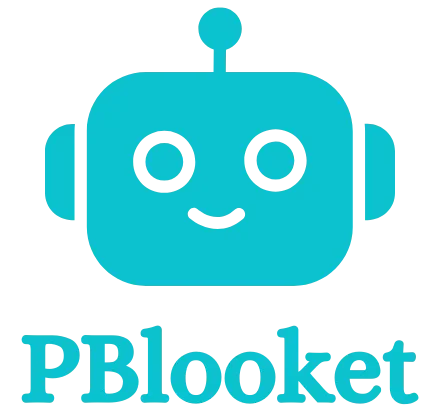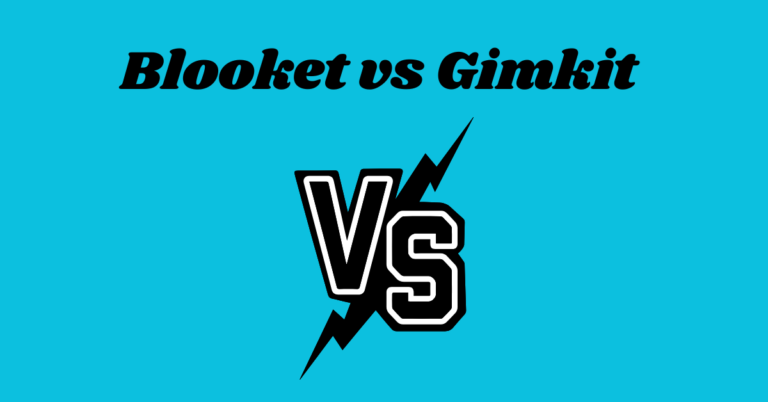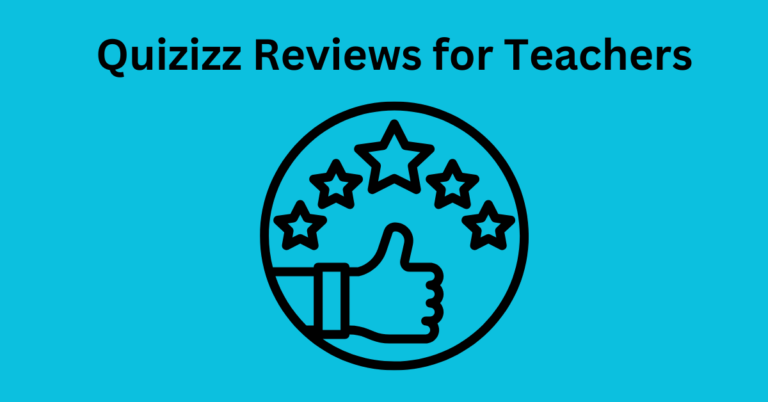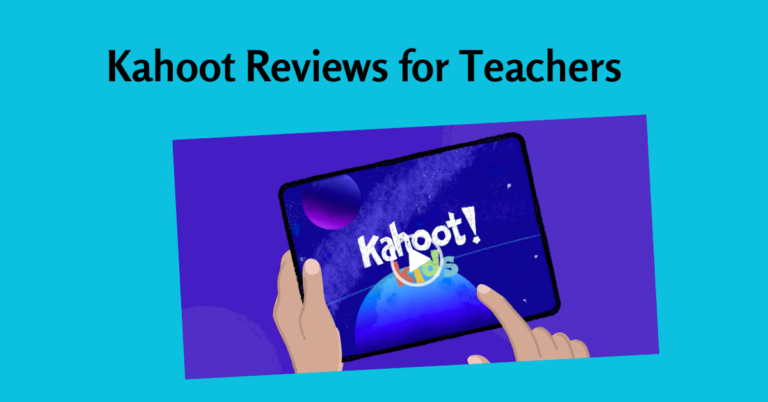Blooket vs Kahoot | Comparison of Gamified Learning Platforms
The educational technology Blooket and Kahoot transform standard lessons into enjoyable game formats through their digital platforms. Our systems develop active learning formats that captivate students while accepting any teaching platform.
Teachers use Blooket and Kahoot because each platform serves distinctive teaching and learning methods. Blooket offers multiple imaginative learning modes to students while Kahoot delivers quick and active real-time competition experience. The two platforms demonstrate how gaming methods are now popular in education through their flexible features for teachers and students.
This study examines both Blooket and Kahoot by reviewing their major functions and benefits alongside their obstacles and usage circumstances. To find the right quiz or game platform for your classroom you need to understand their different features.
Overview of Blooket
Blooket offers a learning platform that uses games to support different creative ways to study content. Through Tower Defense and Cafe game modes students learn how to build strategies in addition to classroom material. Teachers can pick ready-made question sets or make their own to match their teaching plans.
Overview of Kahoot
Students like using Kahoot because it offers a popular easy-to-follow test system. The platform connects with students through its captivating art pieces and happy sounds plus live performance tracking. Kahoot remains a favorite tool for teachers to design evaluations, practice Kahoot reviews and engaging educational activities.
Key Features Blooket vs Kahoot
Game Formats and Styles
Blooket stands out with its diverse game styles, such as “Gold Quest” and “Battle Royale,” which make learning feel more like play. Kahoot offers a more standardized quiz format with some additional options like word clouds and polls. If variety is your priority, Blooket has the upper hand.
Customization and Content Creation
Both platforms allow teachers to create custom question sets. Kahoot excels in simplicity, making it easy for beginners to start. Blooket, however, offers more creative freedom, with game-specific settings that let you tweak gameplay for different modes.
Reporting and Analytics
Kahoot provides detailed analytics to help teachers track individual and class performance. Blooket offers similar insights, but its reporting tools are slightly less detailed than Kahoot. If robust analytics are essential, Kahoot is the better choice.
Accessibility and Device Compatibility
Both platforms work seamlessly across devices, including smartphones, tablets, and computers. However, Blooket’s games may require more processing power due to their interactive graphics, which could be a drawback in tech-limited classrooms.
Gamification and Game Mechanics
Gamification in Blooket
Blooket’s gamified approach is more dynamic and diverse. With modes like “Tower Defense” and “Factory,” students engage in strategic thinking while answering questions. The variety keeps the experience fresh, and rewards like in-game tokens encourage participation.
Kahoot’s Competitive Edge
Kahoot emphasizes speed and accuracy, with real-time leaderboards fueling competition. The timer adds an extra layer of excitement, pushing students to think quickly. While it lacks the strategic elements of Blooket, its simplicity makes it universally appealing.
Differences in Points and Leaderboards
Blooket’s point systems vary across game modes, rewarding not only correct answers but also strategic gameplay. Kahoot sticks to a straightforward points-per-answer system, focusing purely on quiz performance.
Pricing and Subscription Plans
Blooket Free vs. Paid Plans
Blooket offers a free version with essential features and a paid “Plus” plan that unlocks advanced customization, detailed reports, and premium game modes. The free version is sufficient for basic classroom use, but upgrading adds significant value for teachers seeking variety.
Kahoot Pricing Options
Kahoot offers a free version that is functional but limited. Its paid plans—ranging from Kahoot Pro to Kahoot Premium+—include features like advanced reports, question importing, and larger player limits. These plans are ideal for schools or educators who rely heavily on the platform.
Which Offers Better Value?
Blooket provides more entertainment and engagement in its free version, while Kahoot’s free version is better for straightforward assessments. For advanced features, the choice depends on your classroom needs—Blooket for variety, Kahoot for simplicity and analytics.
Pros and Cons of Blooket and Kahoot
Advantages of Blooket
- Wide variety of game modes for diverse learning experiences.
- Encourages strategic thinking and teamwork.
- Fun and engaging for younger students.
- Customizable content for different subjects.
Advantages of Kahoot
- Simple and user-friendly interface.
- Real-time competition and instant feedback.
- Comprehensive analytics for tracking student progress.
- Highly adaptable to both in-person and remote learning.
Feedback from Teachers and Students
Teachers’ Opinions on Blooket
Many educators praise Blooket for its creativity and ability to keep students entertained. The variety of game modes is a favorite feature, though some mention a steeper learning curve compared to Kahoot.
Feedback on Kahoot from Educators
Kahoot is lauded for its simplicity and effectiveness as a quick assessment tool. Teachers often use it for test reviews, icebreakers, and quizzes, though some find its repetitive format less engaging over time.
Student Preferences and Experiences
Students enjoy both platforms but for different reasons. Younger learners often prefer Blooket’s fun and colorful games, while older students appreciate the competitive, fast-paced nature of Kahoot.
Combining Both Tools for Optimal Learning
Why choose one when you can use both? Blooket and Kahoot complement each other well. Use Kahoot for quick quizzes and assessments, then switch to Blooket for engaging, strategy-based games that reinforce learning.
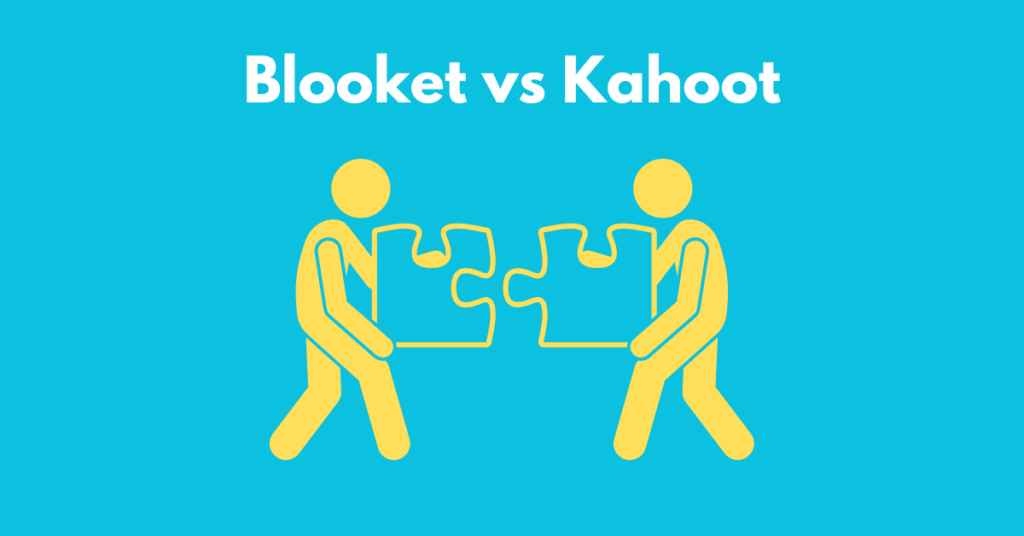
FAQs
Can Blooket and Kahoot be used together?
Yes! Many teachers use Blooket for interactive games and Kahoot for quick quizzes, combining their strengths to create a well-rounded learning experience.
Which platform is better for younger students?
Blooket’s colorful graphics and game-like mechanics are more appealing to younger students. However, Kahoot’s straightforward format can also work well for older elementary students.
Are both platforms free to use?
Both platforms offer free versions with basic features. Paid plans unlock advanced tools and additional content.
Do these platforms support multilingual content?
Yes, both platforms support multilingual content, making them accessible to diverse classrooms.
How do these platforms handle data privacy?
Both Blooket and Kahoot comply with educational privacy standards like COPPA and GDPR, ensuring student data is protected.
Conclusion
These platforms help teachers use game-based instruction with their own specific benefits. Through Blooket students tackle complex game techniques while Kahoot’s short quizzes create seamless student collaborations.
Mixing Blooket and Kahoot activities lets you form the perfect setup for classroom engagement. When teachers use these tools together students and instructors get more exciting learning opportunities.
